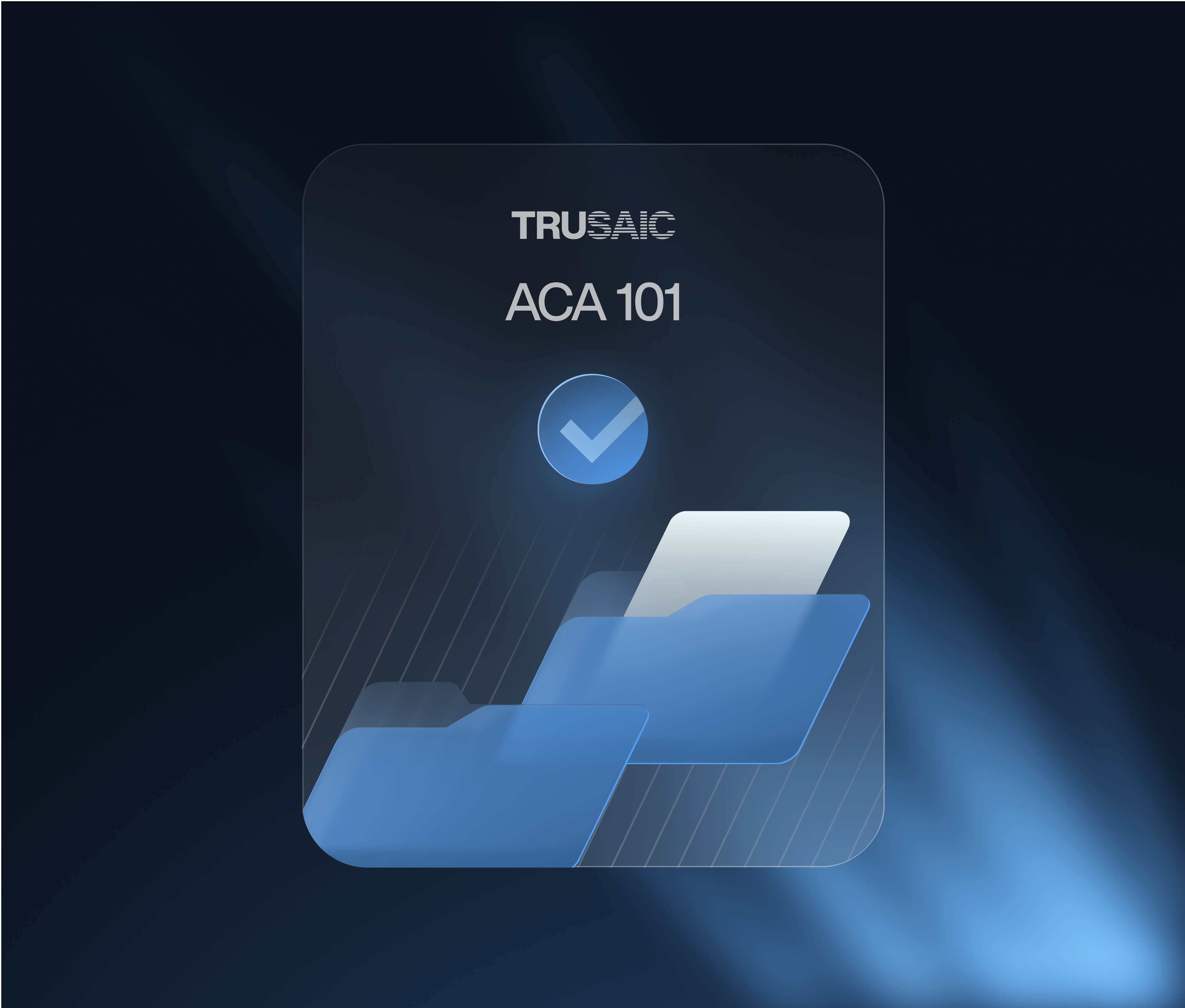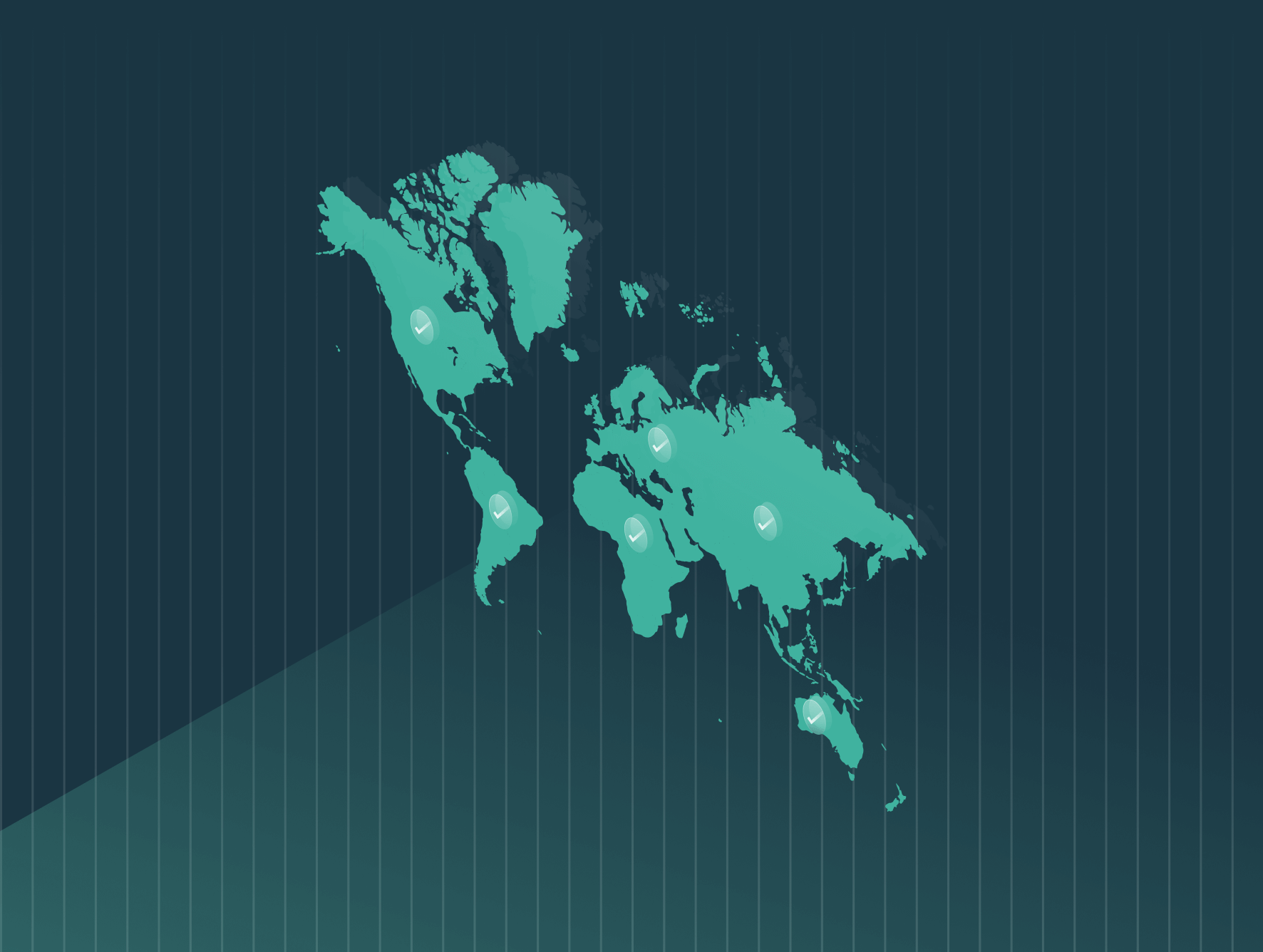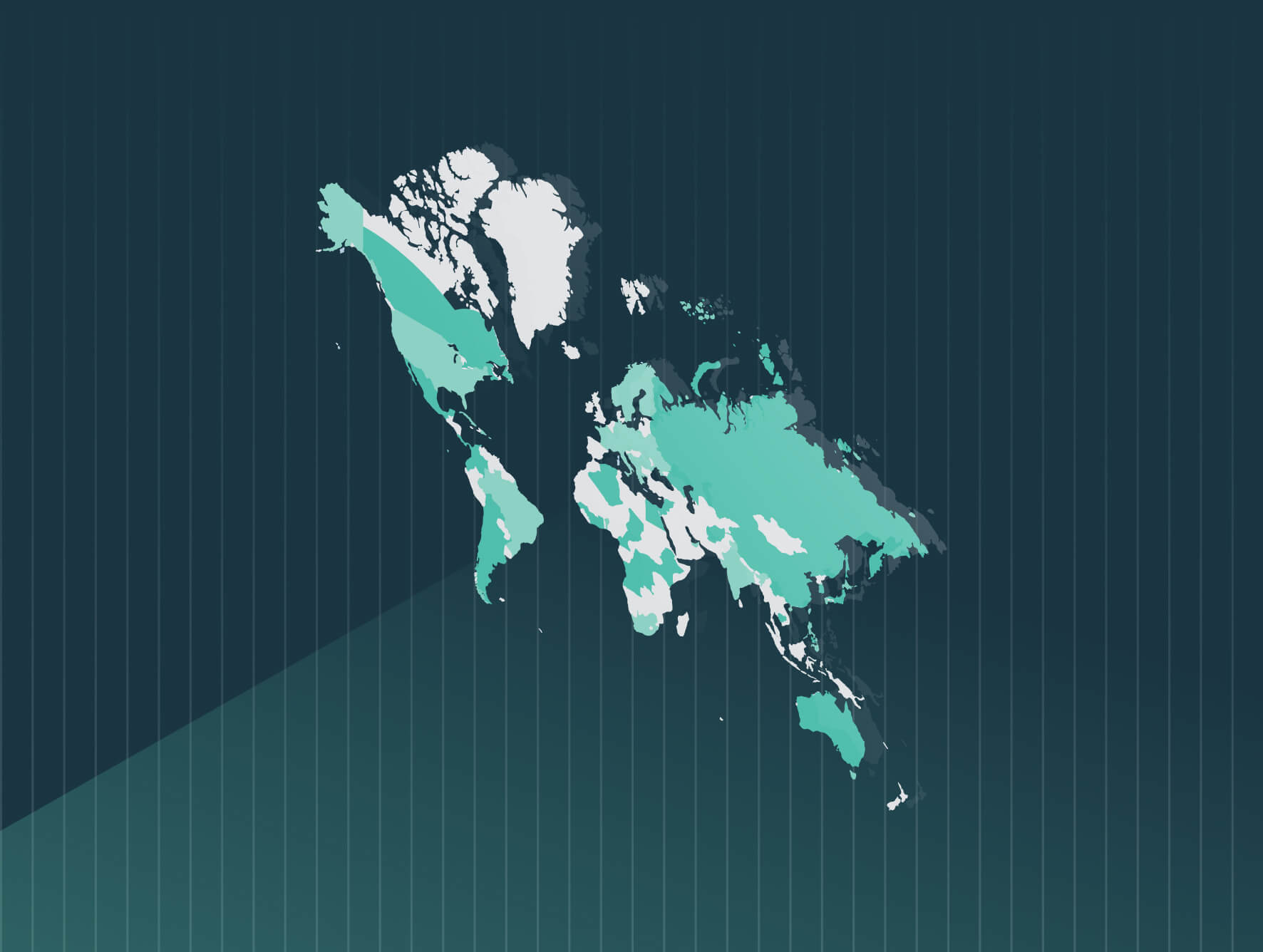McDonald’s has reached a significant milestone in its diversity, equity, and inclusion (DEI) journey. The fast-food giant announced last month that it effectively achieved pay equity for women and other historically underrepresented groups across its workforce of 180,000 U.S. employees.
Employees belonging to underrepresented groups are now paid the same as their white counterparts for equal work. The corporation has also essentially closed the gender wage gap among its company-owned restaurant employees. Among corporate staff in the U.S., women are currently paid 99.16% of what men make for comparable work. That number is expected to reach 100% by next year.
Globally, the company has narrowed its wage gap to 99.85%.
To meet its equal pay goals, McDonald’s partnered with a pay analysis expert to conduct a study of corporate staff and company-owned restaurants globally. While achieving pay equity signals a major breakthrough, it’s only the beginning of the company’s DEI efforts.
“This isn’t the first step on our journey of diversity, equity, and inclusion, and it won’t be our last,” said Vice President of Global Business Services Debbie Ballard in a notice posted to the company’s website. “Our work to promote inclusion is not done.”
As part of its ongoing DEI strategy, McDonald’s will conduct a global pay analysis on an annual basis. This demonstrates a matter of importance for employers: Advancing pay equity and pay transparency is not simply a matter of checking the box. It requires long-term commitment, as well as regularly reviewing and updating strategies over time.
“We recognize that to realize our aspiration [of equal pay] we must also keep actively attacking the systemic biases that negatively impact women and people with other marginalized identities,” said Global Chief People Officer Heidi Capozzi regarding the company’s equal pay efforts. “This is an accomplishment to be proud of, but with new employees starting and pay changes being made regularly, we are committed to continue an annual analysis followed by action, to help maintain equal pay for equal work in the U.S. market.”
Earlier this year, McDonald’s announced new DEI commitments around data transparency. The company pledged to publicly release employee demographics by race, ethnicity, and gender. It also set specific targets to diversify its workforce. Individuals from underrepresented groups will make up 35% of U.S. senior management by 2025, and women will constitute 50% of senior roles worldwide by 2030.
To ensure accountability, the fast-food chain agreed to tie 15% of its executives’ pay bonuses to meeting diversity and inclusion targets.
McDonald’s is one of many companies proactively working to foster DEI in the workplace. Denny’s and biotech company Genentech are two other corporations leading the charge with dynamic diversity and inclusion efforts. As employee, investor, and customer expectations in this area continue to build, employers must answer the call.
McDonald’s serves as a model for other employers looking to implement DEI initiatives in their own workplaces. The company’s pay analysis was a key element to successfully reaching pay equity. A software program can help organizations actively measure their progress towards goals in real-time and get ahead of pay equity issues before they become problems. Trusaic offers a comprehensive PayParity solution with ongoing DEI monitoring features designed to measure and track progress. With a tool like PayParity, your organization can achieve greater DEI success, just as Mcdonald’s has.








